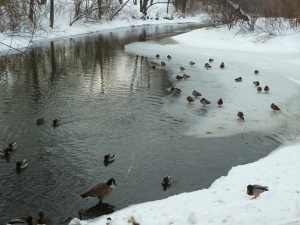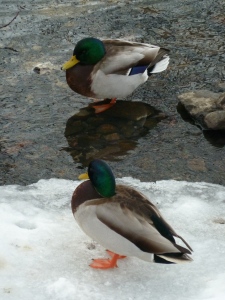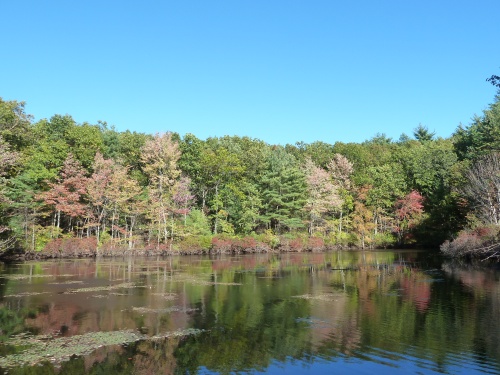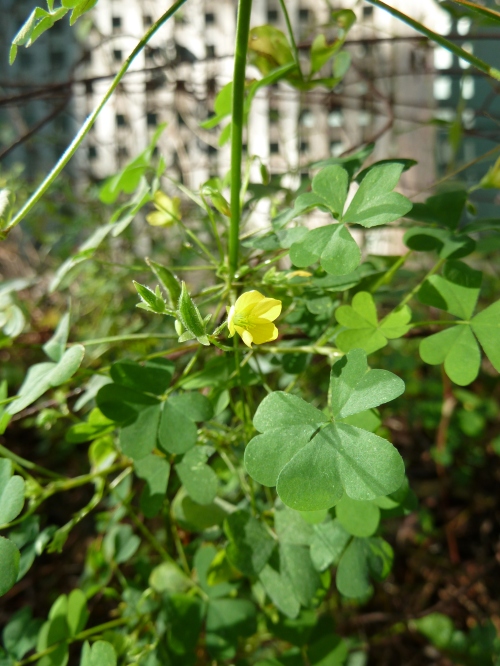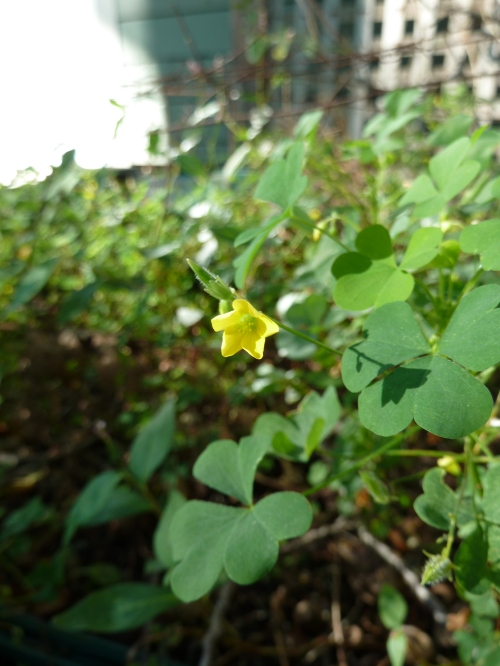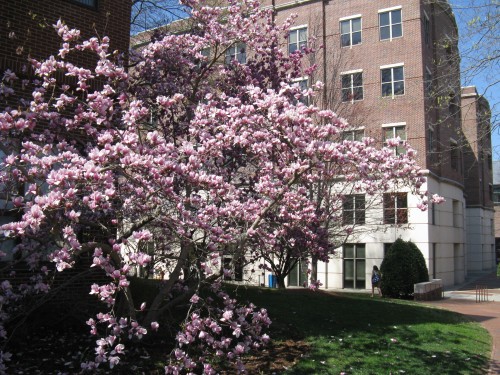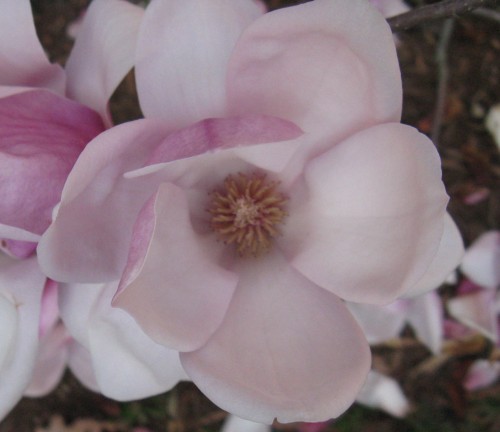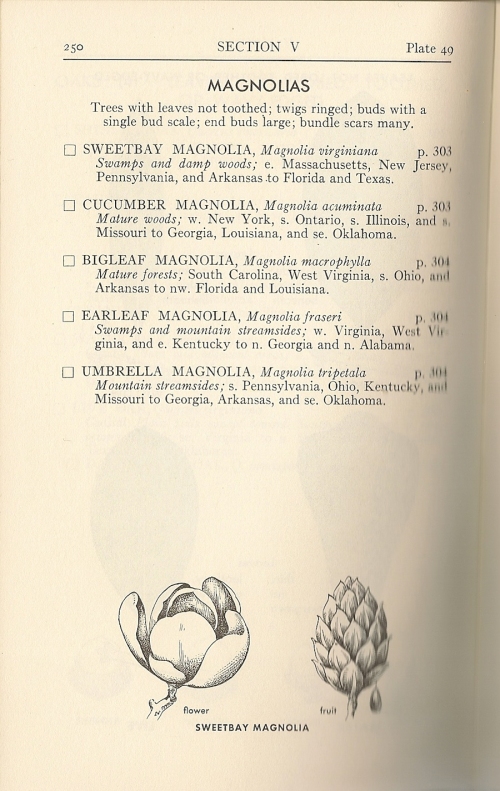The common mallard, or green-headed duck, is the type of duck we see on ponds and lakes, especially in urban parks. The ducks near my apartment live in the Back Bay Fens where there is water and marshland and plenty of people to throw them some bread crumbs.
I was so impressed with the color of these ducks’ heads, I had to take some pictures. How bright and radiant the color green! And how orange the bill and feet!
You can tell he is in his mating plumage because of the green head. When not in mating season, the males look similar to the females with drab brown heads but still have the bright orange beaks.
The female ducks were nearby as well, brown with a blue stripe on the wings.
I just learned about this new site, Encyclopedia of Life (EOL), and I think I’ll be using it much more from now on. EOL has a good description of the common mallard and has several links to other sites with good information.
I also came across an interesting and different way of learning about ducks recently, specifically learning about their mating habits which were not what I imagined… I was listening to Science Friday on NPR, and the guest, Isabella Rossellini (an actress and film maker), was discussing her new show on the Sundance Channel (www.sundancechannel.com). The series, called Seduce Me, describes the mating habits of several animals in a kind of funny way, acting them out with puppets and people. After watching the duck episode I will never think of ducks the same again…(a little rated R, just to warn you!). Check it out here. In a nutshell: Male ducks have corkscrew penises and force copulation. The vaginal canals of female ducks have evolved to be like a maze – the male duck that the female would like to mate with will have a higher chance of successfully mating with her. Pretty interesting!
Well it snowed here again today… not very much but enough to make my hopes of spring dampened a bit. Snowdrops and crocuses are out, though, so spring is starting! I can’t wait to post more about flowers.
